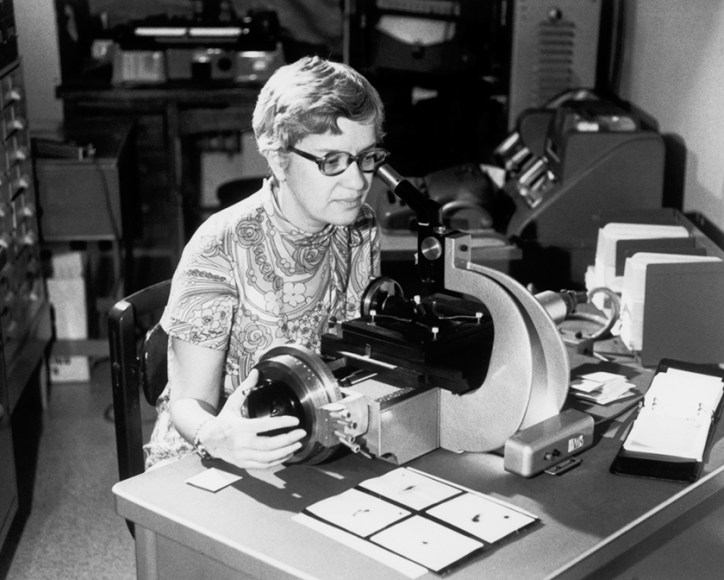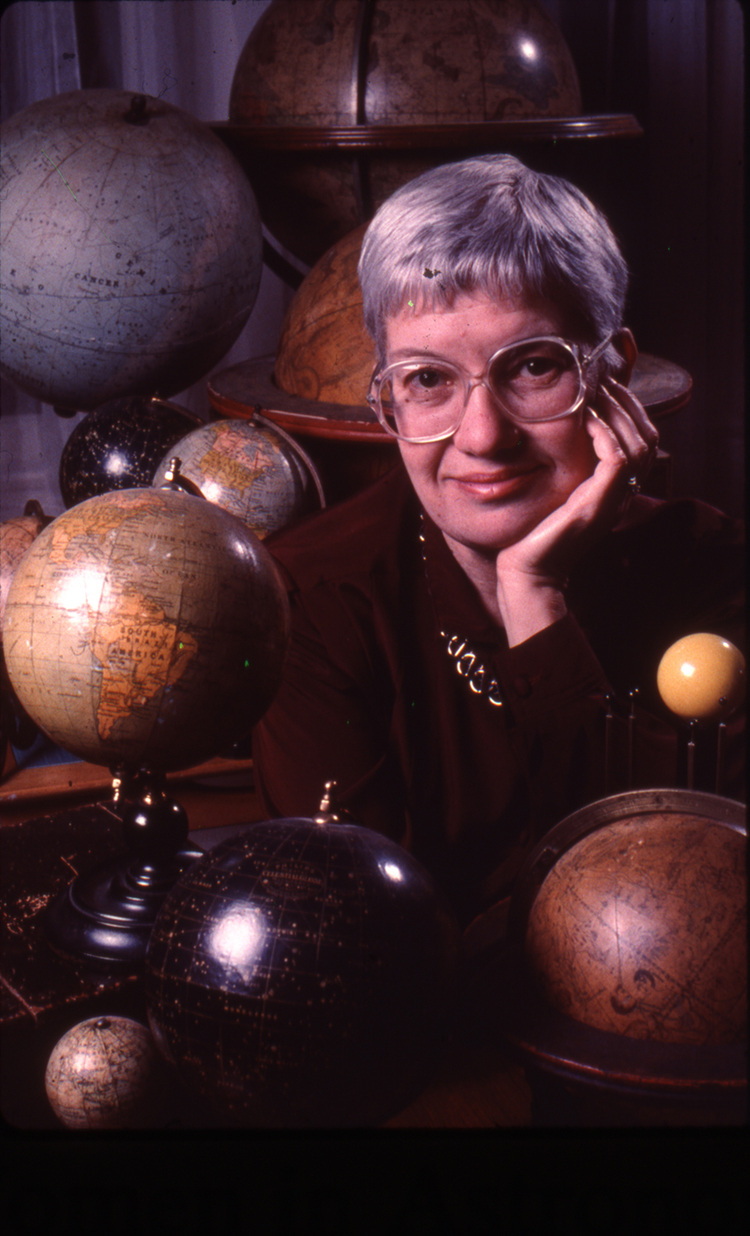Remembering Vera Rubin, a trailblazer at the telescope and beyond

Astronomer Vera Rubin was determined to unravel the universe’s deepest secrets. She is best known for confirming the existence of dark matter. Photo credit: AIP Emilio Segre Visual Archives, Rubin Collection.
When we stare up at the night sky, we see shimmering stars, fuzzy galaxies and faint clouds of gas and dust. It is what we cannot see, however, that will forever remind us of astronomer Vera Rubin. Rubin is best known for confirming the existence of dark matter and, along the way, serving as an advocate for women in science and an inspiration to those who wanted to become scientists. She died December 25, 2016. She was 88.
“I hope the day comes when women and minorities in science are so common that Vera’s efforts to break down barriers will be hard to appreciate,” says Deidre Hunter, an astronomer at the Lowell Observatory in Flagstaff, Ariz. Hunter worked closely with Rubin, often going with her to telescopes around the world to study the stars. Hunter says she hopes Rubin will ultimately be remembered for her scientific achievements, which revolutionized our understanding of the universe. Rubin’s passion for astronomy and her humanity should not be forgotten, either, Hunter says.
Rubin respected everyone she worked with, whether astronomers, writers or students, old or young, famous or not. She encouraged everyone to believe they had something to contribute and sought every opportunity to share her passion for science as often as she could, including working with Society for Science & the Public. Rubin served on the Society’s Board of Trustees from 2002 to 2008, providing guidance on how the Society could inform, educate and inspire — all actions she strove to achieve in her own life.
“Vera Rubin was truly inspirational,” says Neta Bahcall, an astrophysicist at Princeton University. “She was passionate about science, science education, women in science, promoting science literacy, teaching young people. She was amazing.”

After graduating from Vassar, Vera married Robert Rubin and attended Cornell University, where she studied with physics giants Richard Feynman and Hans Bethe. She also explored the motions of galaxies, and in 1950, rocked the astronomy community with a bold result: The universe appeared to spin around a central axis. Rubin’s argument and analysis were met with intense skepticism and ultimately didn’t stand the test of time. But the experience taught her to be dogged in her determination to unravel the universe’s deepest secrets.
Rubin turned her attention to stars in the 1960s. She wanted to know how fast they circled the center of their galaxy. As she started to measure the speeds of stars farther and farther from a galaxy’s center, she saw something unexpected: Stars farther out circled the galactic center at speeds similar to stars closer in. That would be like Pluto circling the sun at the same velocity as Mercury. If that happened, the solar system would be spinning so fast it would fly apart. So should the galaxies. But they didn’t. Mysterious matter was keeping them together. Rubin calculated that to stay together, a galaxy had to have at least six times as much of this unknown dark matter than ordinary matter. Her work confirmed that dark matter did, in fact, exist.
Decades later, scientists still aren’t sure what dark matter is. The most prominent theories say it is a particle, which has led physicists to build elaborate experiments to detect it. So far, they have been unsuccessful. But these failures never discouraged Rubin. To her, Bahcall says, it just meant that we should keep searching.
— Ashley Yeager